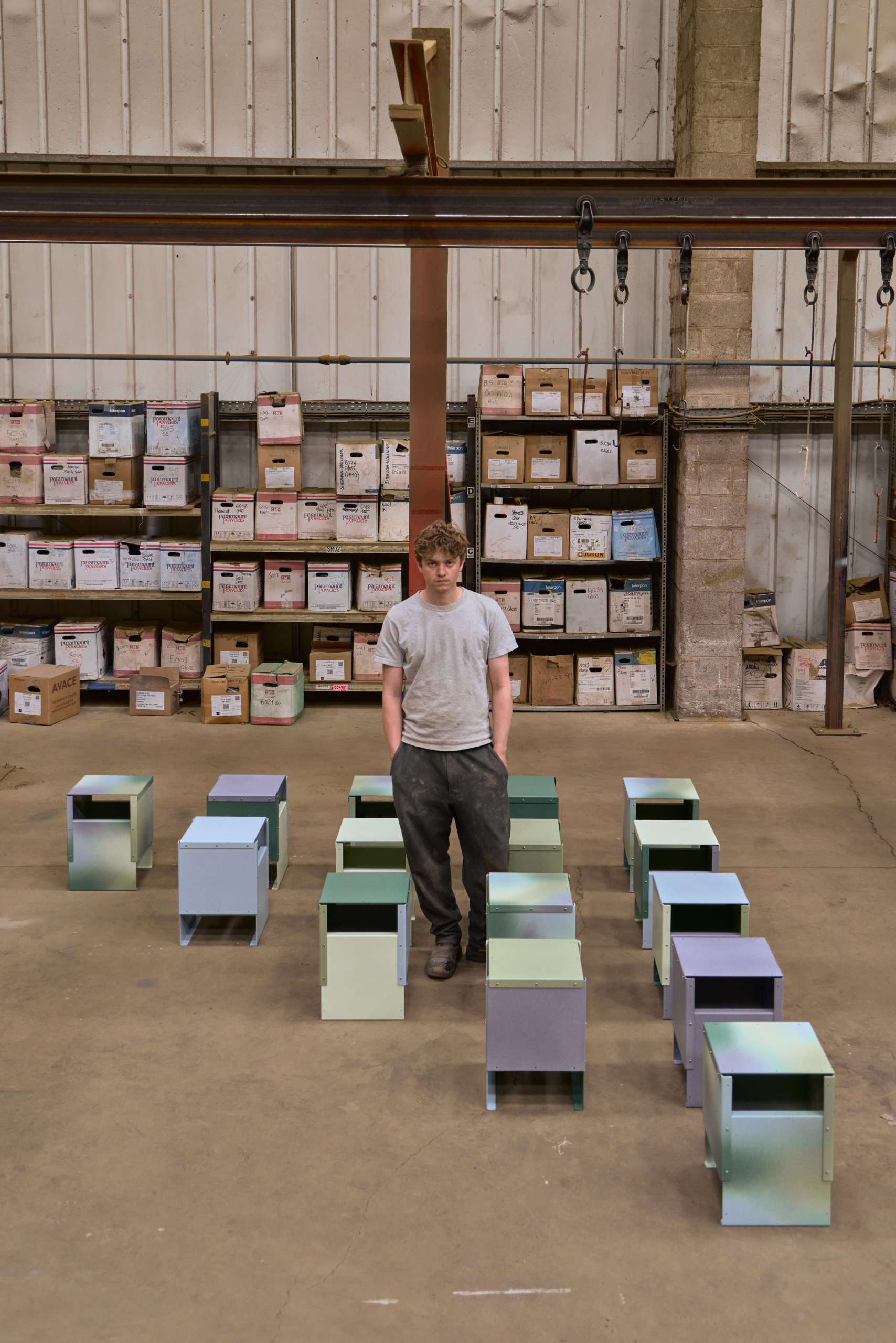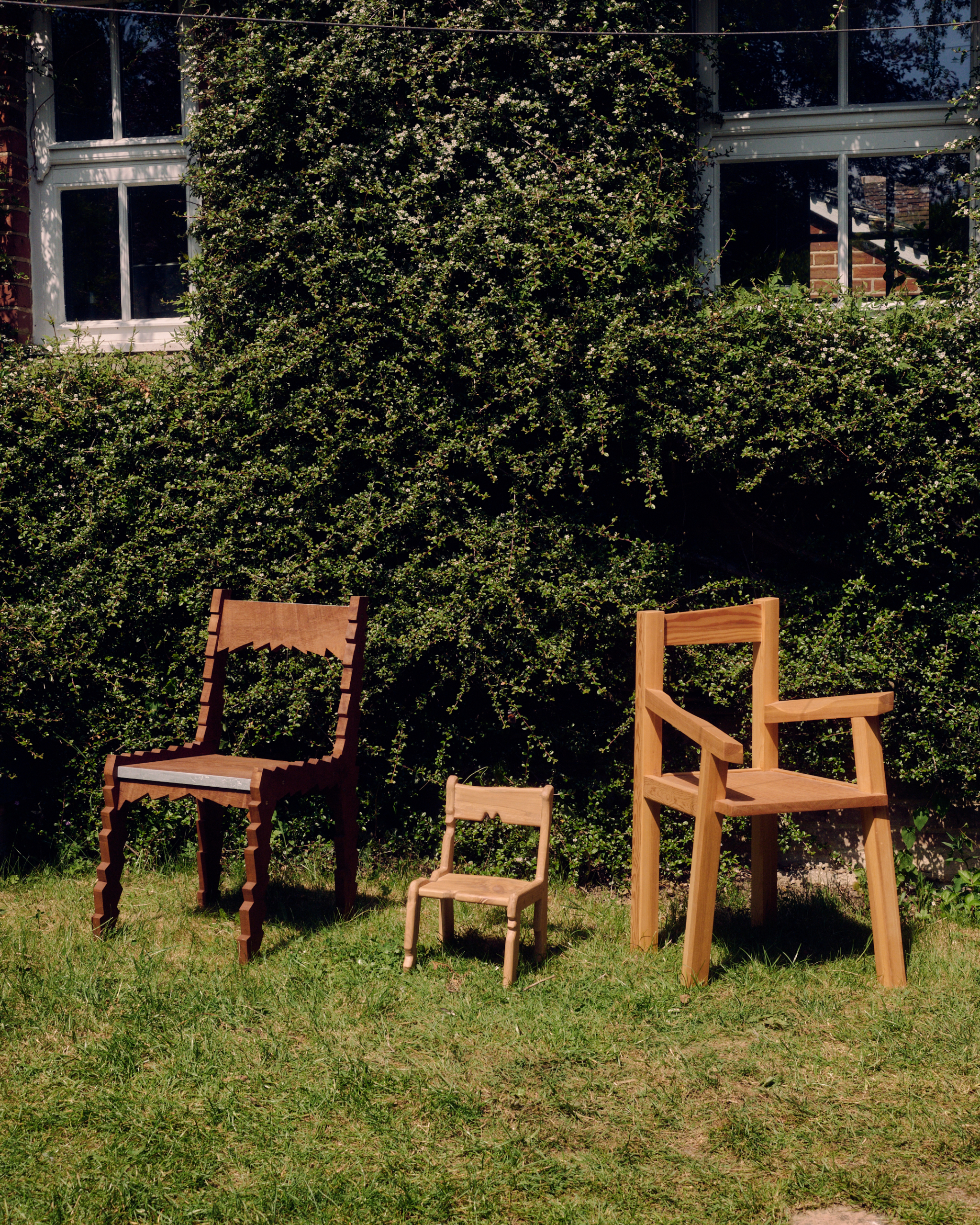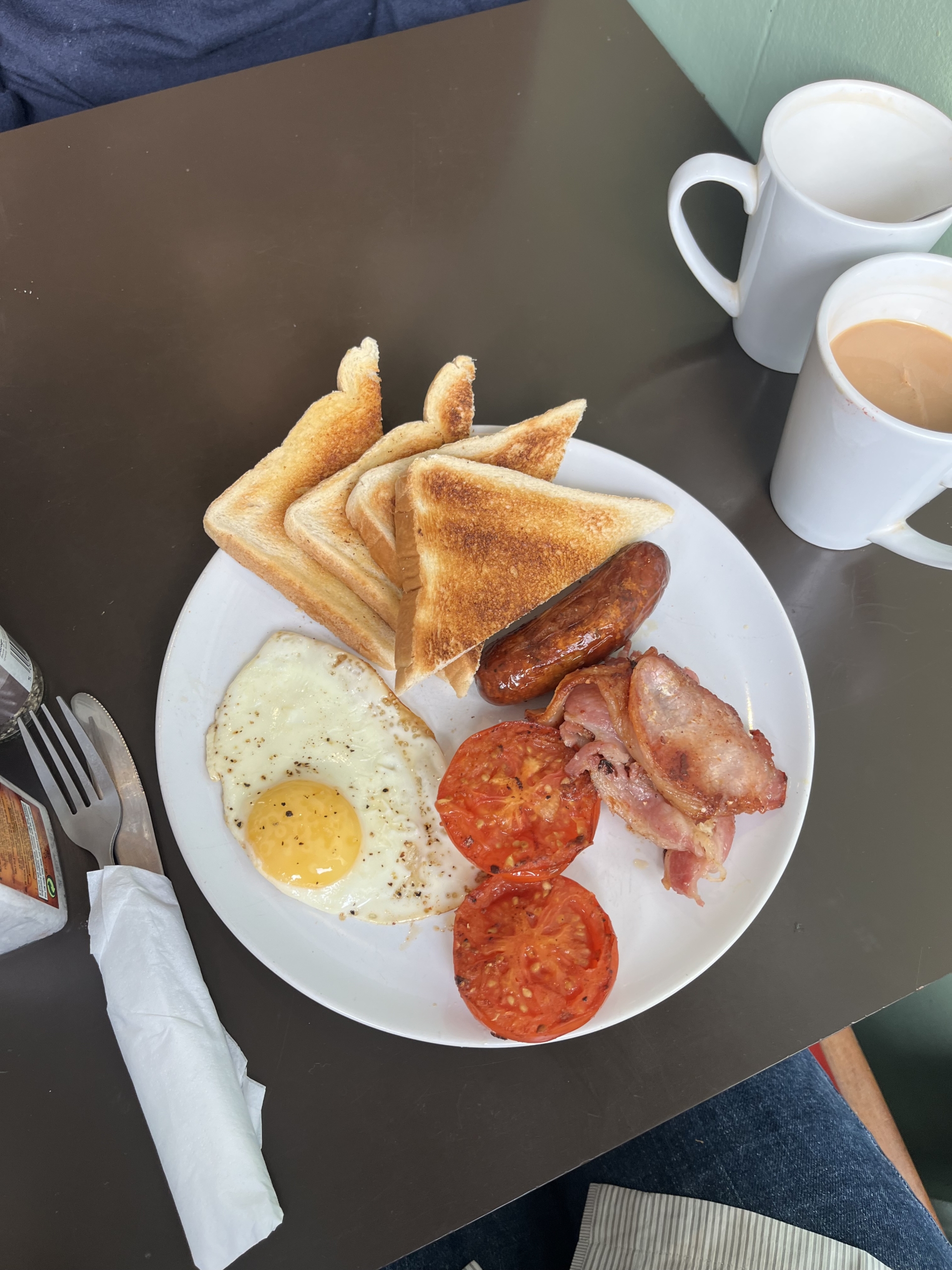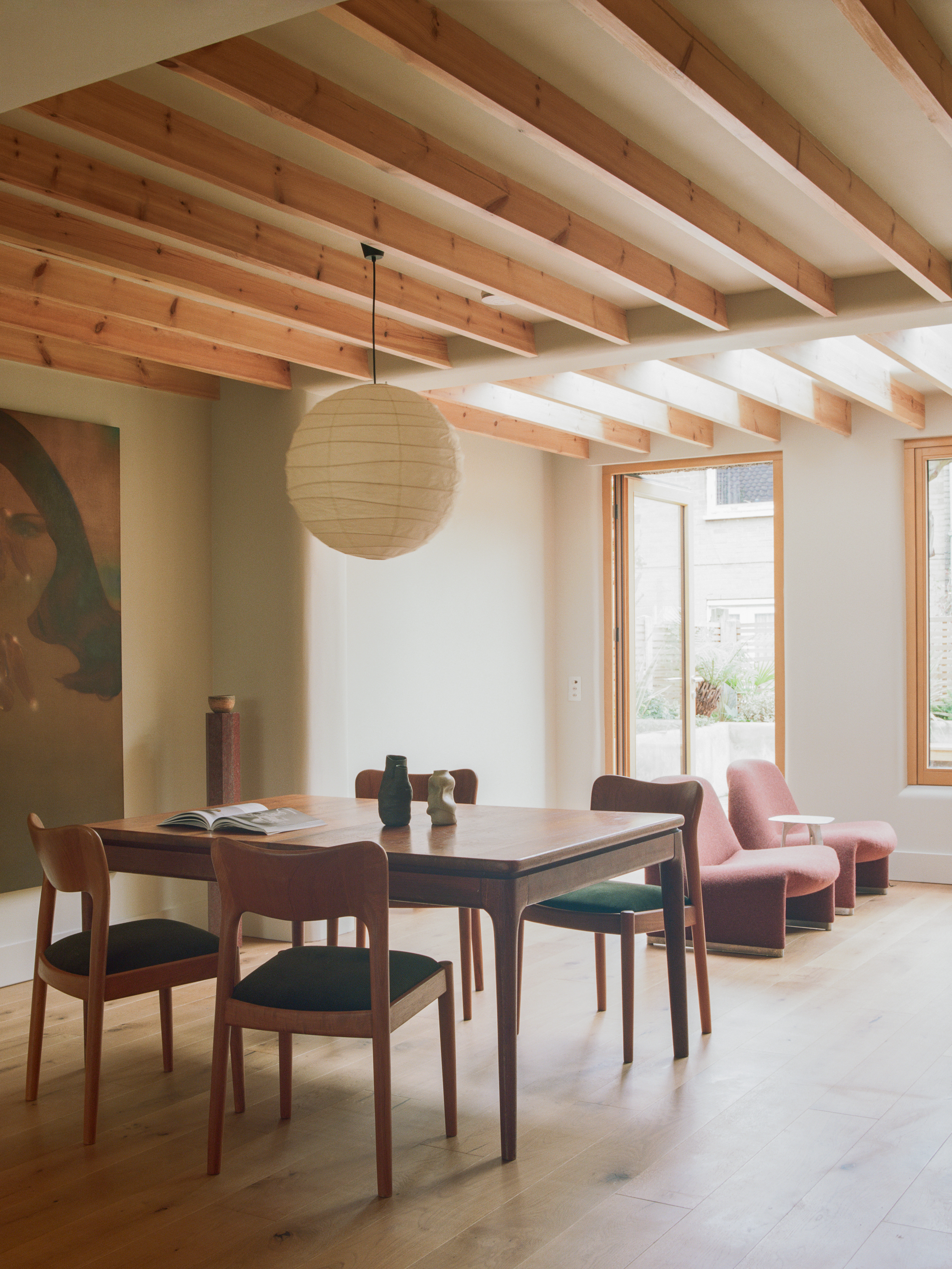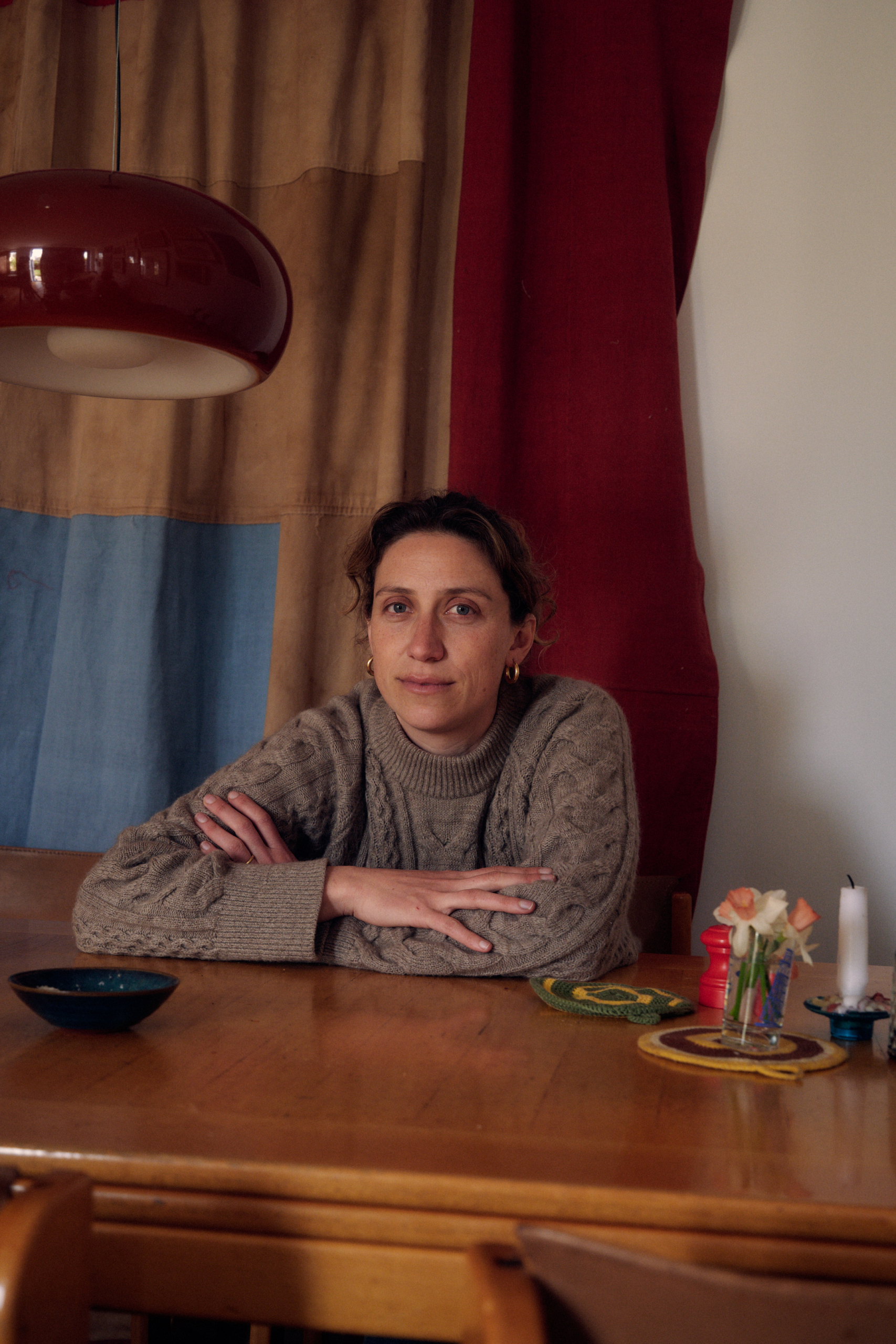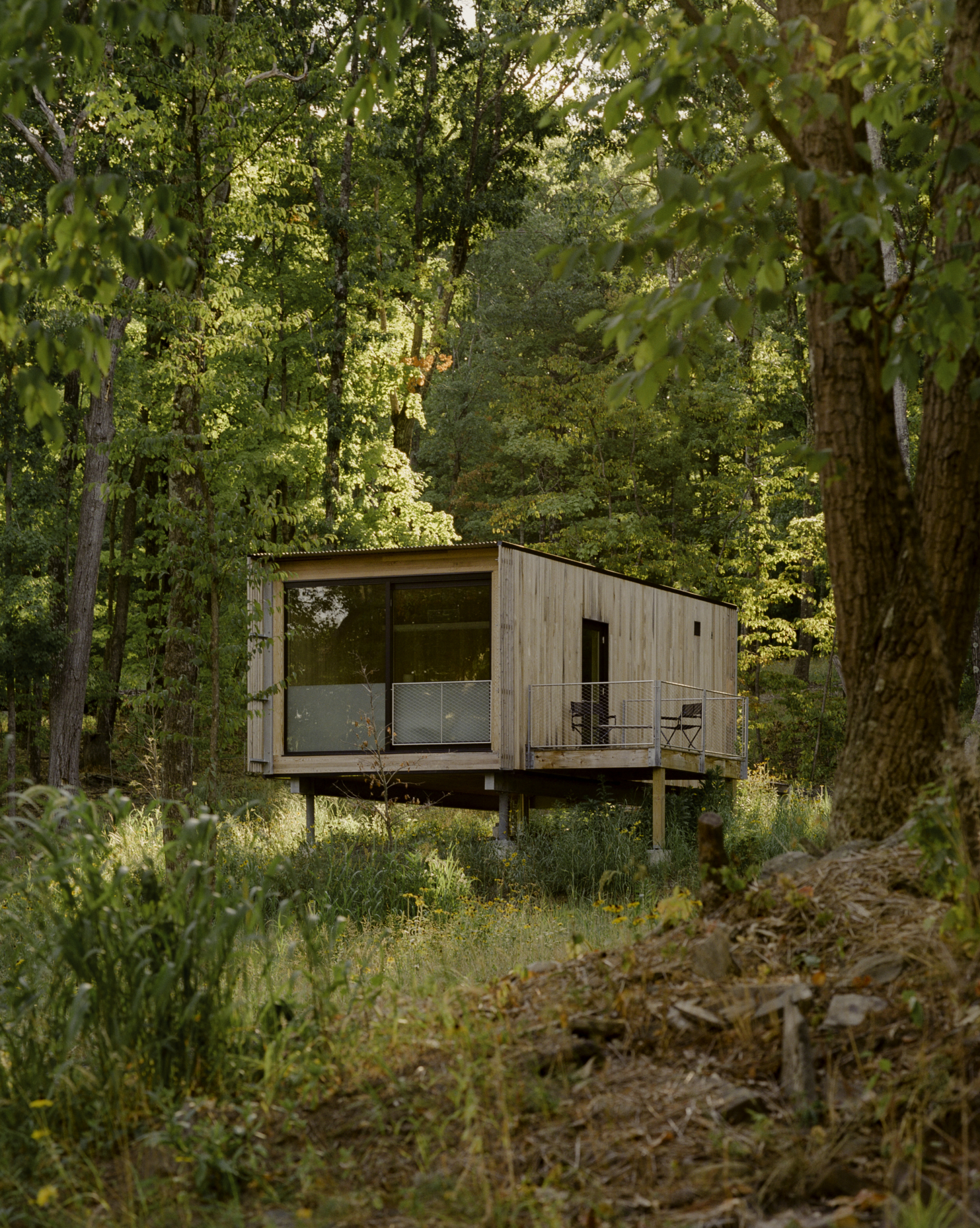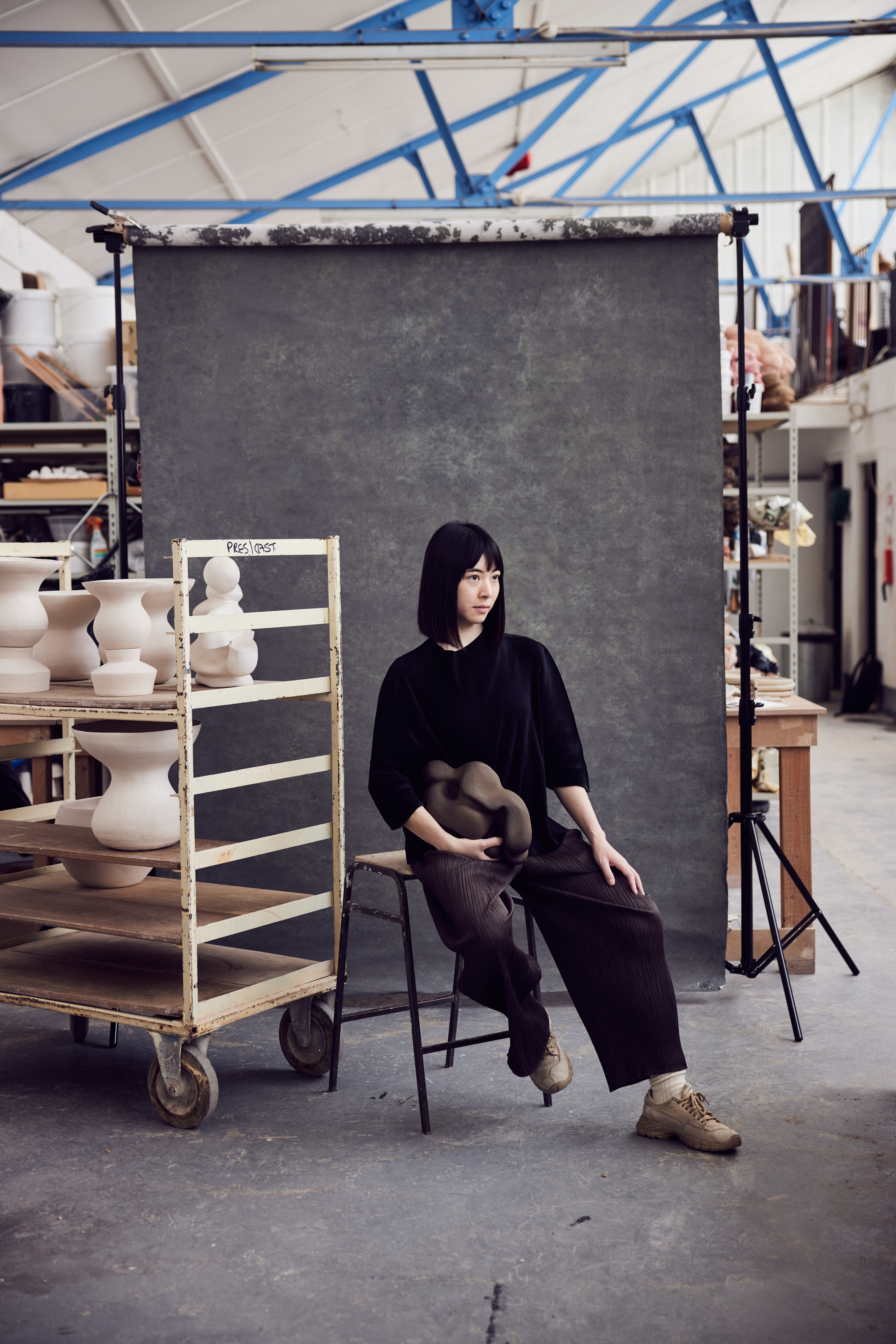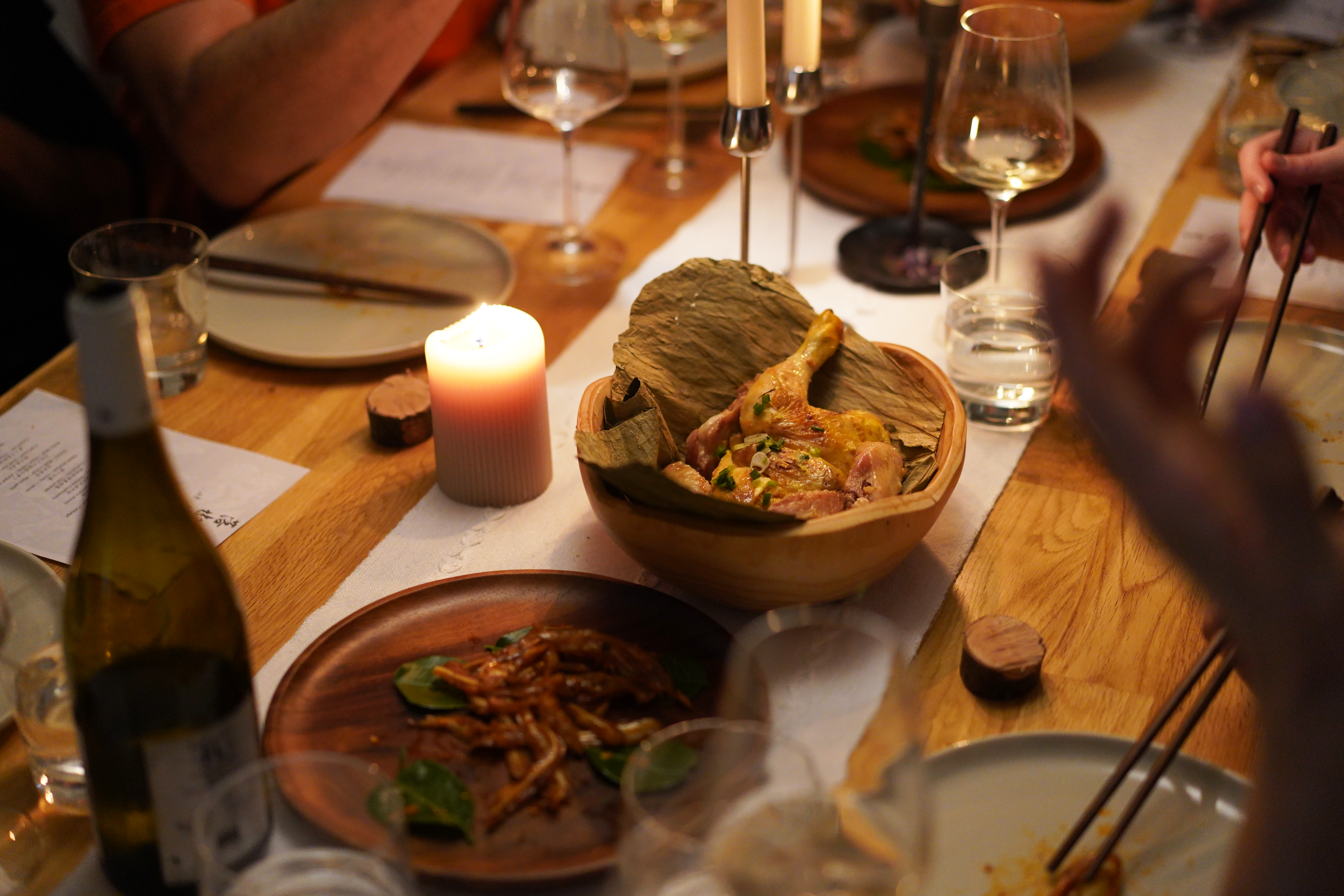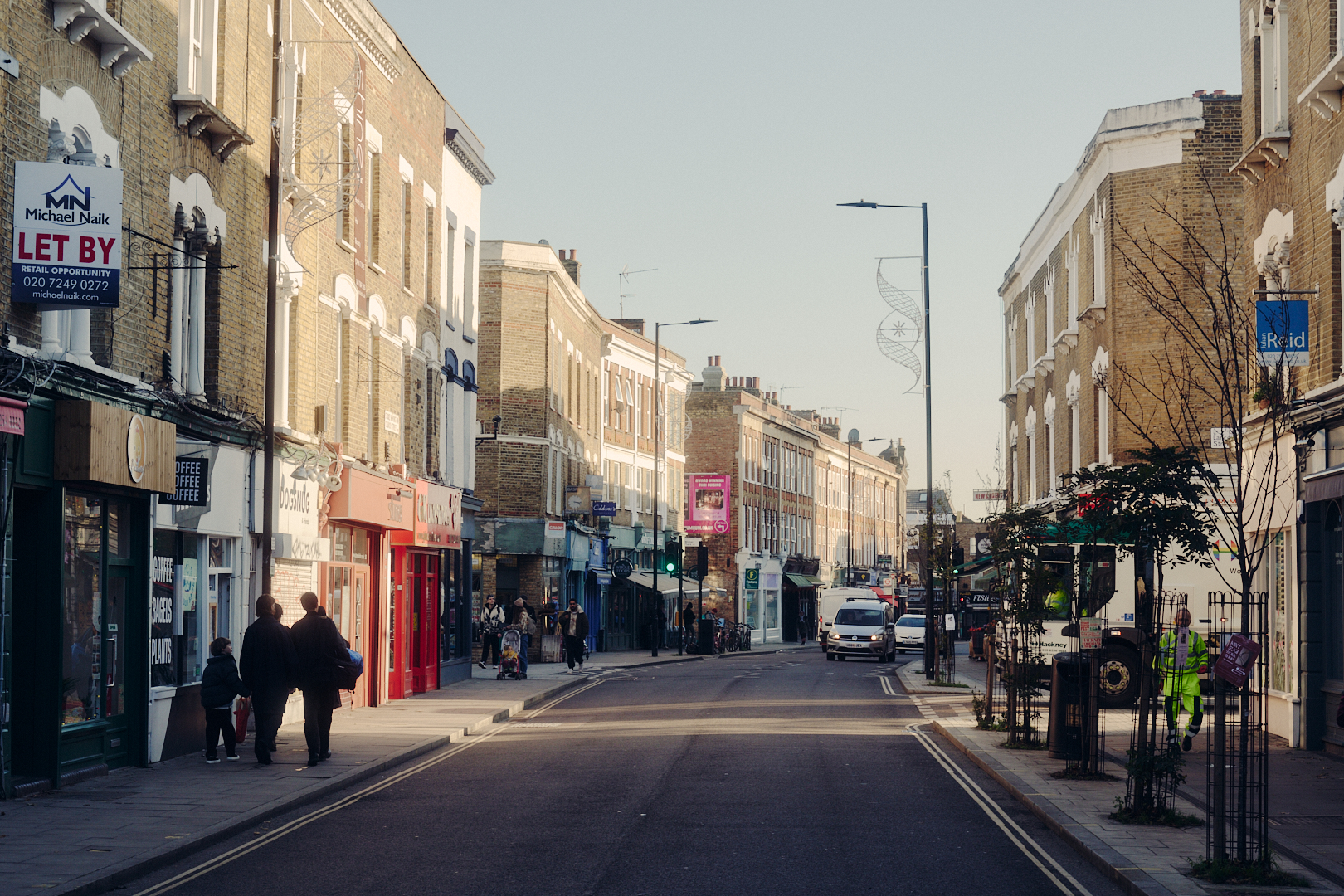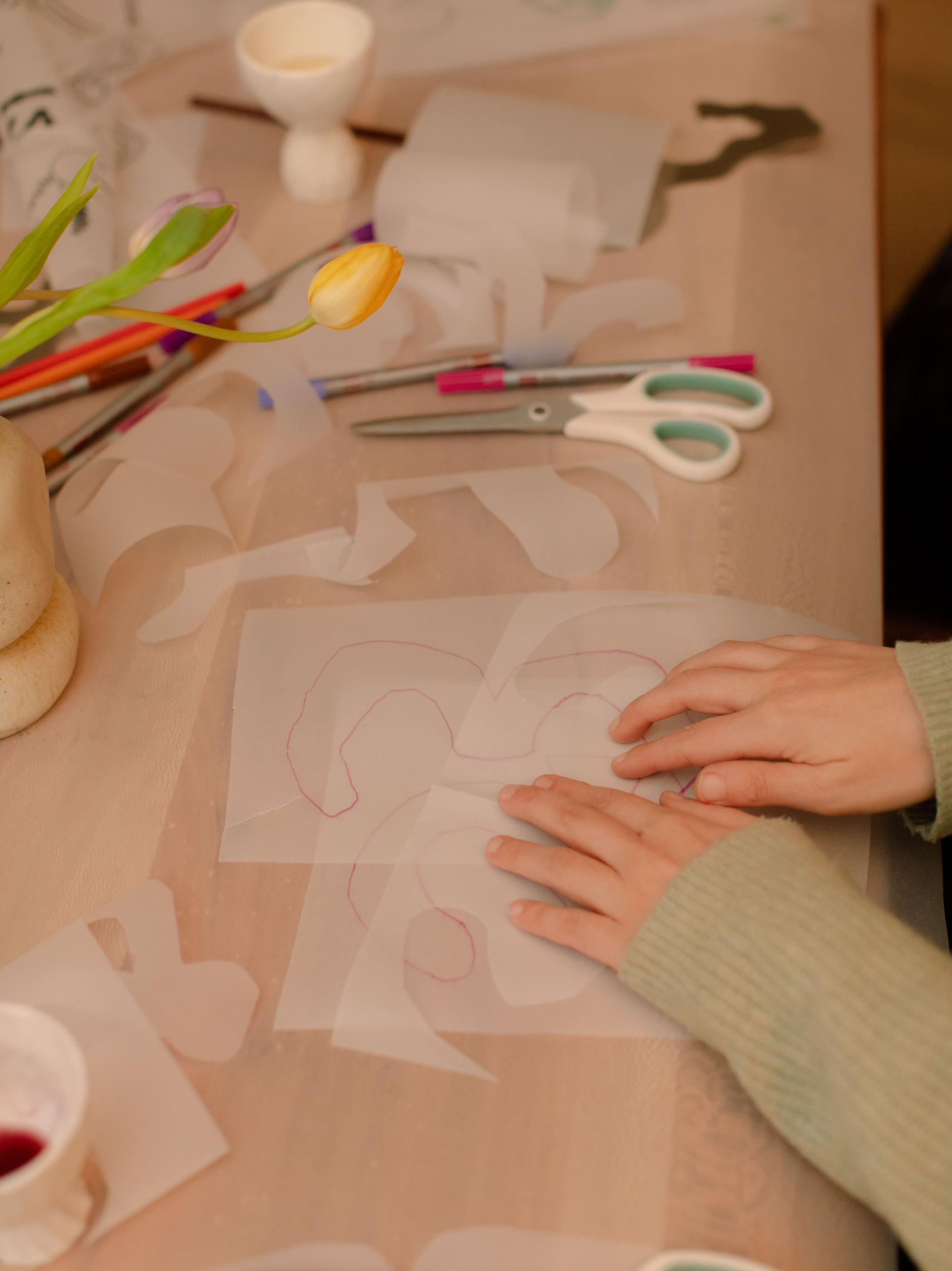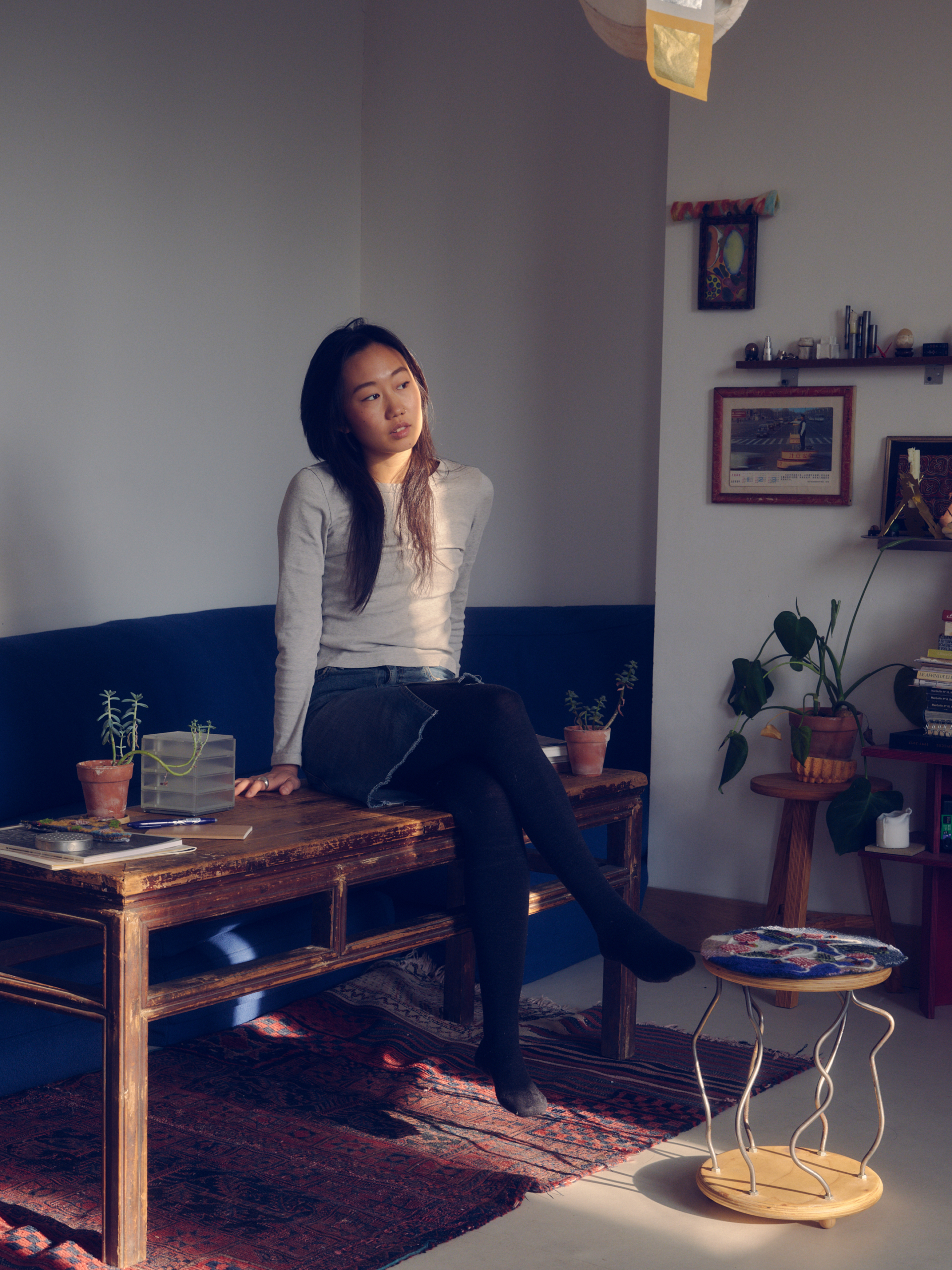Ajay Larr on the Architecture of Food and Why Meals Matter
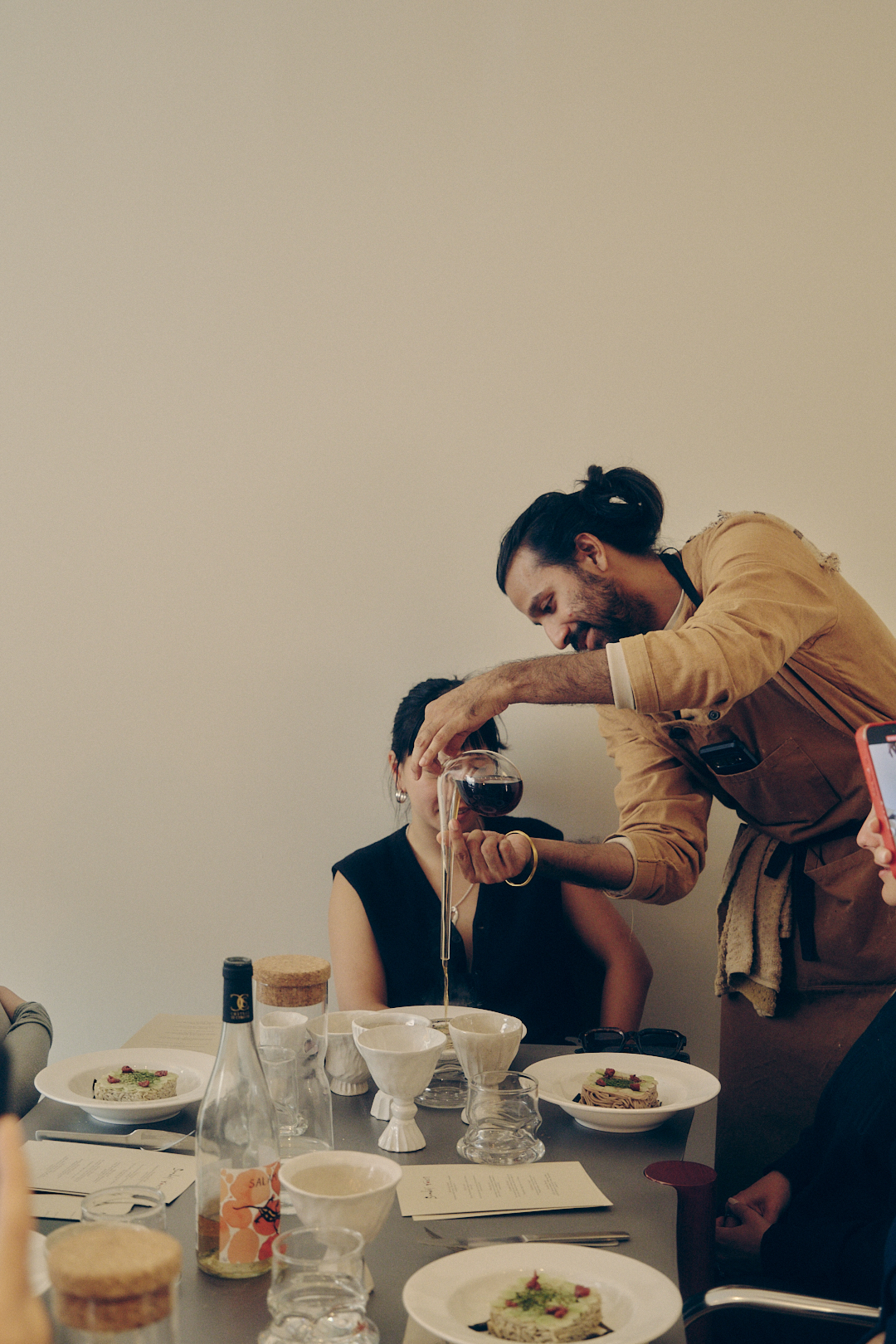
In our Our Friends series, we meet the talented creatives shaping Flawk’s spaces – or inspiring us from afar.
This time, we’re joined by Ajay Larr – an architect, chef, and founder of RASA Dining, a food-led collective rooted in culture, community and music. With a background in architecture and a lifelong love of cooking, Ajay explores food as both structure and storytelling.
Last autumn, he hosted a six-course Sunday Roast supper club at our Stoke Newington project during Flawk’s Objects Pantry, a week-long exhibition for London Design Festival. The meal reimagined the classic British tradition through a playful, thoughtful lens, drawing from Ajay’s Sikh upbringing, travel experiences and architectural training.
Here, he shares his path into food, how design and hospitality intertwine, and the low-key London spots that keep him coming back.


Scura: Ajay, how did you get into food?
Ajay: I’ve always been interested in food. Growing up, I watched shows like Master Chef, through which I absorbed a lot, and I loved anime films, where food always looked stunning. I’ve also long loved Anthony Bourdain’s explorations of people and culture through cuisine.
I’m not a professional cook – I actually studied architecture and now practice in the public sector – but I’ve been cooking for friends since my uni days. But over the past year, I’ve wanted to dedicate more time to cooking, so I started RASA Dining to do food clubs, catering, and events. I see food as a medium to gather people and learn about different cultures.
My cooking is often influenced by my travels, where I try to understand a place and its culture. I love collaborating with people from diverse backgrounds to create new ideas around food. My training in architecture also influences how I approach food, as I’m always looking to balance structure with more homely elements.
Scura: What do you think the relationship of food is with architecture and design?
Ajay: At university, I studied old Japanese farmhouses where food and fire are at the heart of the home – the architecture is arranged around the ritual of cooking and eating. A Japanese friend introduced me to the term ishokuju, meaning the necessities of life – shelter, food, clothing – and that’s resonated ever since, guiding my approach to architecture, food and living.
Growing up in a large Indian family, I saw how food was central to gatherings – weddings, parties, even funerals – where it symbolised community. I was raised in a Sikh household, where charity and giving are core values. In Sikh temples, we provide free meals to anyone, regardless of faith or background, which is an example of architecture providing a space for fostering a sense of community through food. This tradition of sharing food has always stuck with me. I carry these ideas forward, seeing food as an accessible way to connect with others.


Scura: What was the starting point for the Sunday Roast supper club, and how did you develop your ideas?
Ajay: I enjoy taking traditional elements, like a Sunday roast with chicken and potatoes, and reinterpreting them. The idea was to build community by reimagining the traditional family meal.
Ashley [founder of Flawk] and I discussed our respective heritages to find inspiration. For instance, I developed a chicken dish wrapped in five spice and salt, inspired by a traditional Chinese method where the bird is baked and smashed open as part of a celebratory meal.
I observe styles and aesthetics closely, so we incorporated bespoke design elements, like the glassware by Alexandra Arias, to highlight the food, while also using household items creatively. For one part of the dessert, we served it in a stainless steel gutter, blending construction materials with an interactive dining experience. There was a lot in motion, and I enjoyed that.


Scura: Where do you live? Any recommendations?
Ajay: I moved to Hackney Wick fairly recently. I’ve been to Silo a few times, a great zero-waste restaurant I’d recommend. I have friends who worked there, and its philosophy revolves around ethical production of food.
Stratford is nearby, and I often visit the old Stratford shopping centre for an excellent Asian supermarket. At night, the arcade turns into a roller-skating hub, and people practice their skills. I’ve been there a couple of times, though I don’t skate much anymore. I used to, but never mastered any tricks!
Scura: How do you approach eating out in London?
Ajay: I’ve got friends across London who regularly share recommendations with me. I tend to avoid fancy places and prefer local neighbourhood spots, often those that don’t get much attention on social media. I enjoy supporting family-owned businesses, leaning towards more homely places that feel less trendy. That’s where I like to eat.
Those places are hugely inspiring. While my food might not appear homely in its presentation – it’s more refined, I suppose – its origins and structure are deeply rooted in those places. That’s where much of my inspiration comes from too.


Scura: Any recent favourites you can share?
Ajay: One of my favourite spots in Surrey Quays is Phở Thuý Tây Café, a Vietnamese place just a two-minute walk from the station. I recommend visiting on weekends for their Vietnamese-only specials board. I use Google Translate to discover authentic dishes, and it’s always incredible.
Another great place is Singburi, though I think they’re between locations at the moment. I used to go to their previous spot in Leytonstone a lot, and the food was always stellar. Lastly, JB’s Soul Food in Peckham is a small jerk chicken shack just off Peckham Rye. It’s cash-only and a bit off the beaten path, but it was my regular lunch spot when I worked nearby. It’s my favourite jerk in London.
